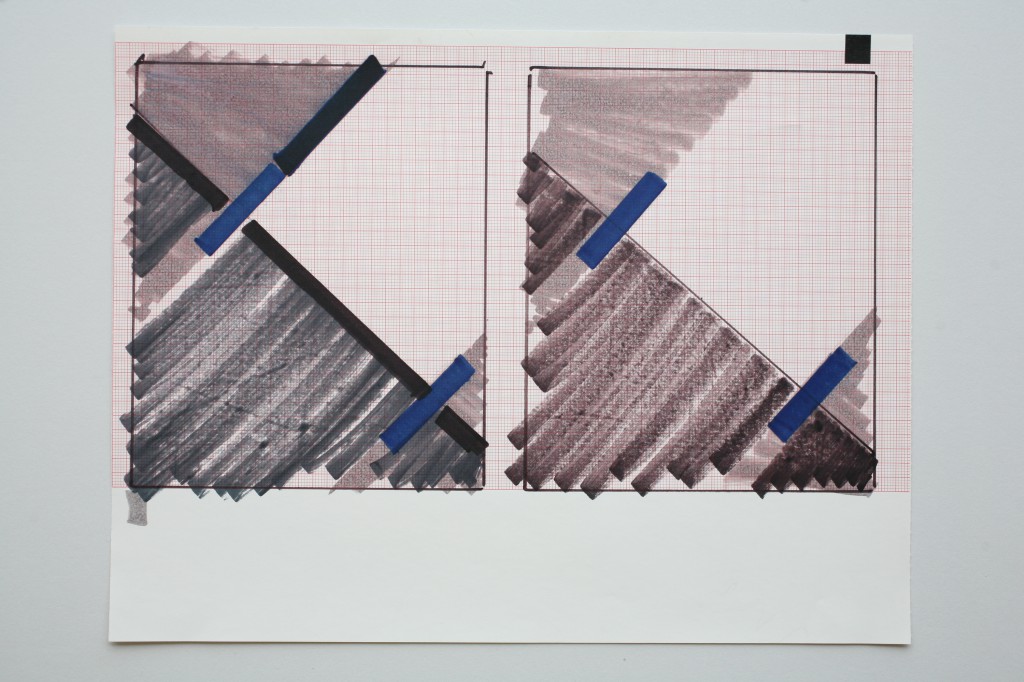Of the many unresolved debates surrounding the work of Martin Heidegger, the following question returns with some regularity: Is Heidegger’s phenomenology ultimately a question of hermeneutics and interpretation, or is it ultimately a question of immanence and truth? Is Dasein forever questing after a Being that withdraws, or does it somehow achieve a primordial communion with the truth of Being? In other words, is Heidegger the philosopher of blackness or the philosopher of light?
Hermeneutics was an important topic for theory in the 1960s. Hence it is not surprising that Heidegger, who was being rediscovered and rethought during that period, would often be framed in terms of hermeneutics. To be sure, the critical tradition handed down from post-structuralism leaves little room for modes of immanence and immediacy, modes that were marginalized as essentialist or otherwise unpleasant (often for good reason). Thus it would be easy to assimilate into the tradition of hermeneutics a figure like Heidegger, with his complicated withdrawal of Being. For where else would he fit?
Indeed it is common to categorize Heidegger there. But is it not also possible to show that Heidegger is a philosopher of immanence? Is it not also possible to show that he speaks as much to illumination as to withdrawal? That he speaks as much to the intuitive and proximate as to the detached and distanced? Continue reading
